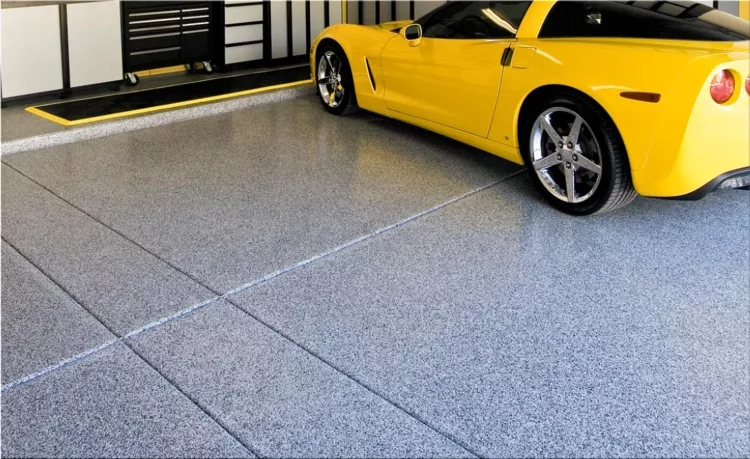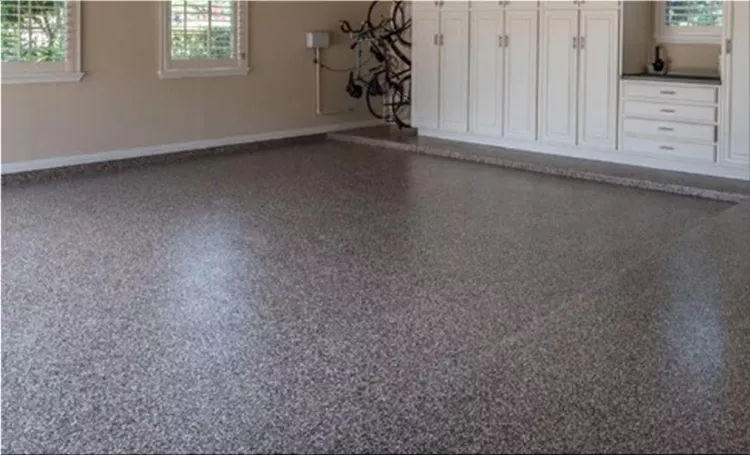Start Your Garage Remodeling Project with New Flooring
Perhaps you have many ideas about how you want to use your garage but don’t know where to start. Start at the bottom and redo your garage’s floor first. Among the options for garage flooring, five top the list, while every homeowner should avoid three – wood, household carpet, and untreated concrete, according to Better Homes & Gardens. Let’s explore the five top garage flooring options that can help a homeowner quickly transform their garage.
Epoxy Flooring
Epoxy, an additive used as a sealant for existing floors, tops the list. If your garage features concrete floors, hiring a flooring professional to add the epoxy sealant hardens the concrete and adds a glossy shine. Mixed with paint, this sealant/coating can appear granite- or marble-like, or metallic. Contact a flooring specialist who offers garage epoxy in Sarasota to learn about the best option for your garage floor. Epoxy takes about three days to cure, during which time the garage becomes a bit stinky, but using epoxy proves worth it for the toughness it adds to any floor. Use it alone or underneath one of the other four options.
Rubber Tiles
Use interlocking rubber tiles to cover the garage floor. Using this option lets a homeowner create a patterned floor or use a solid color. These interlocking tiles don’t require adhesive on the bottom. Your local flooring contractor can install these over any type of floor the garage has, including pure concrete. They offer a quick transformation if you want to add a play or fitness area to the garage, as Garage Living suggests.
Stone Flooring
Stone flooring offers another all-over option for use in a garage. Although more expensive than other choices, it offers a tough material that works well for parking, workshops, laundry areas, etc. Often used in custom homes, these sandstone, flagstone, graphite, or pebbled tile floors add beauty to a frequently used room of the home. Typically bound with epoxy, these floors stand the test of time.
Sealed Concrete Flooring
While pure concrete doesn’t provide the staying power needed, sealed concrete that has a coating of epoxy on it, does last many years. Sealant over concrete adds to its stability, and the homeowner can choose any paint color for the flooring pro to mix with the epoxy sealant.
Vinyl Plank Flooring
Consider using vinyl plank flooring in a low-traffic garage in which you don’t park vehicles, or you want to floor a laundry area or other utility area. Leaving the parking area sealed concrete but adding flooring to other areas to set them apart provides an intriguing way for a homeowner to divide the garage by uses. Avoid putting down vinyl planks where you’ll park though, since they can’t withstand vehicle weight.
Getting Started on Your New Garage Floor
Choosing a new flooring for your home’s garage can quickly transform its feel from industrial to cozy. Use flooring to remodel the entire garage for a new use or to set aside areas of the garage for varied uses, varying the flooring.
Start by finding a contractor for epoxy flooring near me. Epoxy on a concrete subfloor creates a hardened surface that looks fantastic alone and that works well as a base under vinyl planks or rubber tiles. Confer with your contractor about the best options for your home.
- Add new comment
- 17 views
























